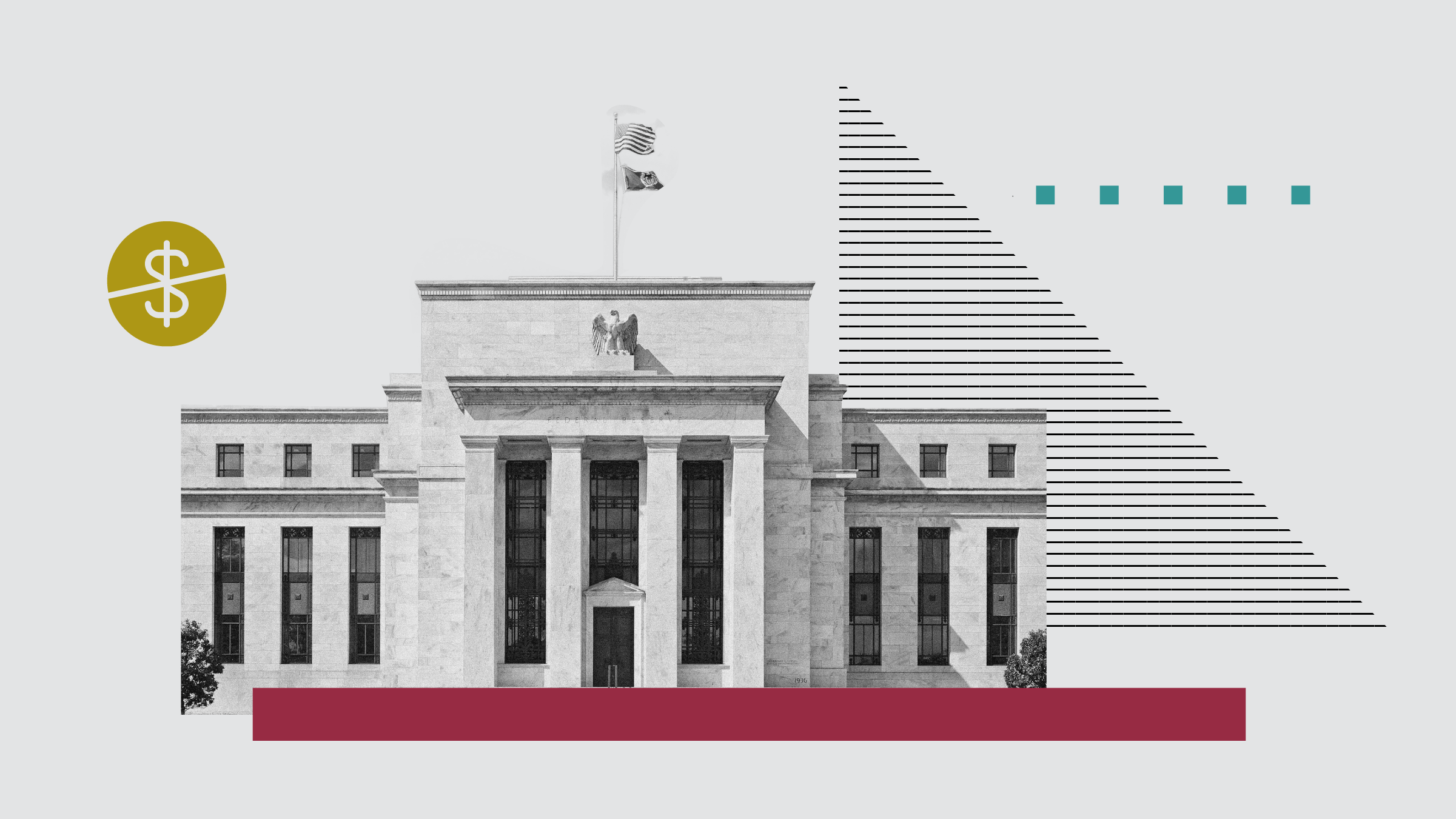Morningstar's "Perspectives" series features investment insights from third-party contributors. Here, Julian Chillingworth, CIO of Rathbones discusses the five key issues which are shaping current investment strategy. This article is part of Morningstar’s Guide to Investing Ideas for 2016, click here to get your financial health in order with some new year’s resolutions for your portfolio.
Monetary Policy: Why investors should not fear rising interest rates
The US Federal Reserve is leading the way in this interest rate hiking cycle. While investors may be concerned, policymakers are only increasing rates because the economy is performing well enough, which is positive for risk assets, such as equities.
There have been six major hiking cycles since the 1970s that accompanied periods of falling unemployment and nominal GDP growth. The stock market performed reasonably well through most of these cycles.
Rising interest rates only have a negative impact when they begin to reach the nominal level of GDP growth and we are some way from this point.

Rates could be raised faster than expected, which could unnerve financial markets. However, this would be because the economy is stronger.
However, monetary policy divergence between different central banks can increase volatility in financial markets and investors should expect more of this in 2016.
A Postcard from Beijing: China’s old and new economies diverge
China’s economic slowdown and stock market volatility have worried investors over the past year. Yet our recent research trip to the country revealed some interesting trends behind the headlines.
One is the divergence between China’s old and new economies. Large state-owned enterprises are struggling despite some encouraging reforms. However, these reforms may not be in the interests of private shareholders.
Meanwhile, a number of exciting private companies are operating in the new economy. They include businesses providing goods and services to China’s rapidly expanding middle classes, such as insurance, media and technology companies.
During our visit, we noticed that Chinese consumers are becoming more discerning and beginning to favour home-grown brands. CEOs and investors in the West should take note.
Real Estate: Increasing risks in UK commercial property
UK commercial property has delivered healthy returns over the past few years. Although yields now look unappealing, differences between regions and sub-sectors could present further opportunities, but with additional risk.
Capital values have risen most in London and the South East, suggesting this region is further ahead in the property cycle and that value remains in other areas of the UK.

In the retail sector, high streets are struggling in non-prime areas. Specialist property managers see more value in shopping centres, retail warehouses and selective supermarket developments.
The rising demand for distribution facilities by online retailers has boosted demand for distribution warehouses. Meanwhile, the office sector should benefit from the forecast increase in office workers.

Cash management can be a challenge for property funds owing to the illiquid nature of the asset class. This could be a problem if market conditions become strained and there is a sudden ‘rush for the exit’.
Pay Day: Wage inflation and the UK economy
Wage growth has been notably absent from the UK’s economic recovery since the financial crisis. However, it has started to pick up recently as the factors that have held down wages begin to dissipate.
These include an increase in productivity. We are also now at the stage where smaller falls in unemployment lead to relatively larger increases in wages.
Meanwhile, two temporary factors are coming to an end: the year-on-year impact of lower oil prices and the residual effect of companies hoarding the best workers during the recession.
What are the implications of higher wages for financial markets? If inflation increases faster than expected, the Bank of England could bring forward interest rate rises.
Wage inflation is likely to drive a wider dispersion of returns in equity markets. The economy should benefit from any increase in consumer spending and companies that can pass on higher wage costs should do well. Those that can’t will lose out.
Fixed Income: Signs of stress in high yield bond markets
High yield bonds have delivered attractive returns with little price volatility since the start of the decade. But conditions are deteriorating and we remain cautious on this asset class.
There are a number of warning signs. Companies have been issuing high yield bonds for financial engineering rather than to invest; borrowing terms have become more relaxed; and liquidity is a concern.

A large proportion of high yield issuers are in the energy sector, which has been hit by low oil prices. Yet the borrowing costs for non-energy companies are also rising and yields across the entire high yield credit spectrum are increasing.
When high yield markets struggle, stock markets also tend to fall but they have been relatively steady over the past year. With diverging central bank policies and the potential for inflation to rise, we believe equities offer better potential over the longer term.
Disclaimer
The views contained herein are those of the author(s) and not necessarily those of Morningstar. If you are interested in Morningstar featuring your content on our website, please email submissions to UKEditorial@morningstar.com





























